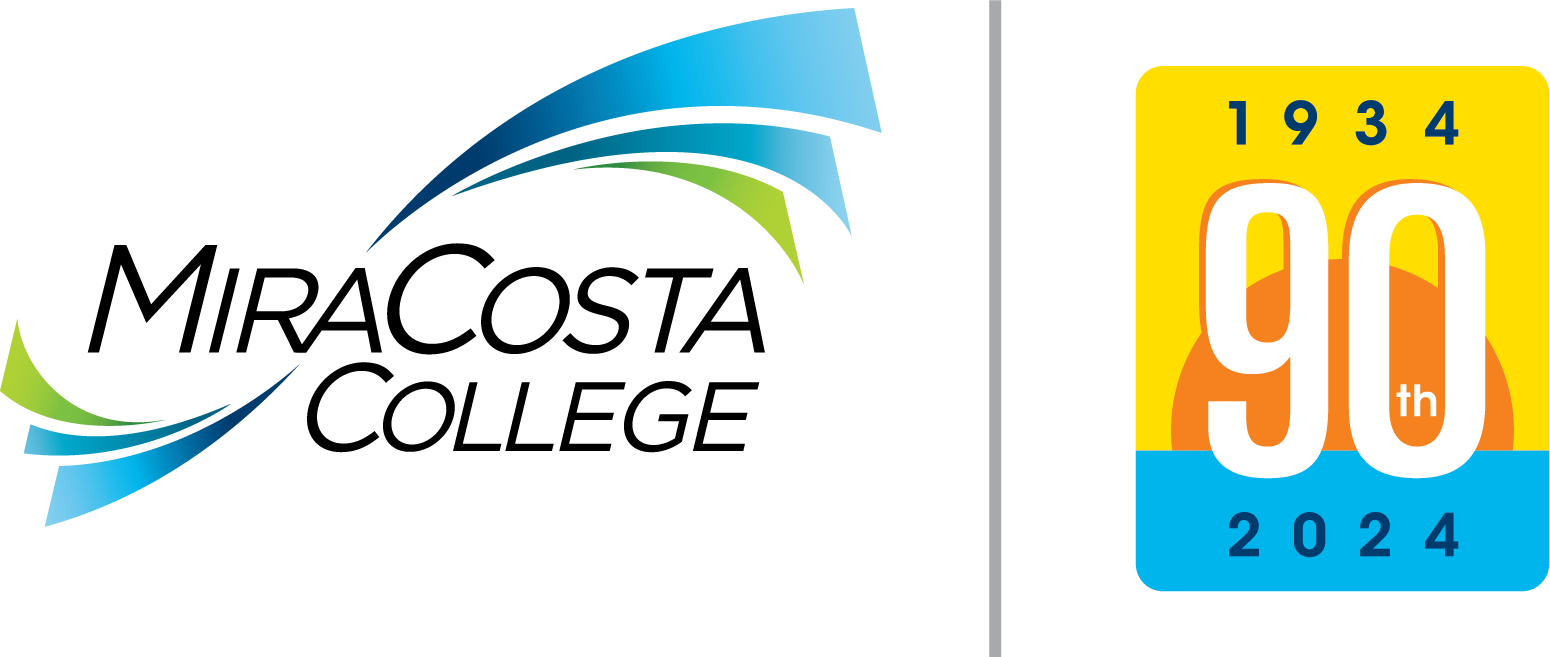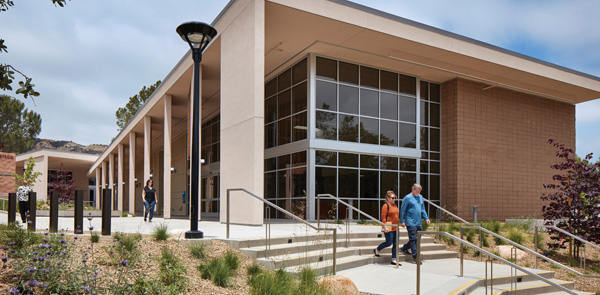What Does Memory Aid Mean on a SAS Accommodation Letter?
A Guide for Implementation for Students and Professors
Memory Aid
A memory aid, or “cue sheet”, is an academic accommodation authorized to support specific students who have significant documented challenges with rote memory, procedural memory, working memory, and/or long term memory. It is a tool used to trigger information that a student has studied but may have great difficulty recalling due to cognitive processing deficits associated with memory and recall. The memory aid gives students an equal opportunity to demonstrate knowledge of course material by helping prompt the student’s memory, not by providing the answer. This accommodation is not intended to reduce academic requirements or fundamentally alter essential elements or learning outcomes stated within the course outline of record.
How is an accommodation for a memory aid determined and approved?
A student who requests a memory aid must present documentation, from a qualified professional, which supports the need for this aid to SAS. A SAS counselor will review the documentation and discuss the request for a memory aid in depth with the student during an interactive appointment. Students are responsible for learning course material, for discerning which material may require cues or triggers, for developing the cues that will appear on the aid, and for securing the instructor’s review and input of the content on the memory aid.
What does a Memory Aid look like?
Memory aids vary. Some examples include use of a 5x7 notecard or single sided paper (8 ½ x 11”):
- May be organized chronologically or by module or chapter.
- Makes sense only to the student who created it and will use it.
- May be handwritten or typed.
- At the discretion of the instructor, a cue sheet may include the use of: acronyms, short phrases, pictures, schematic diagrams, formulas, names, definitions, tables, sample questions, key terms, or charts.
- Please note: A student with a visual impairment may need a larger memory aid with the same number of characters in a larger font.
What is not a Memory Aid?
A memory aid is not meant to record all the facts, concepts or processes being assessed. In general, a memory aid should not:
- Include specific examples of how formulas are used.
- Include specific information being assessed (i.e. if memorizing a specific formula is the intent of the assessment, then that specific formula should not be on the memory aid).
- Include questions and answers that would appear on a quiz/exam.
- Be created to replace studying.
Communication between the student, the instructor and SAS is required if there are questions or concerns related to the memory aid to ensure the memory aid meets the needs of the student, but does not include too much information the instructor is seeking to assess the student's knowledge of on the quiz or exam.
Examples to consider (non-exhaustive list)
Math/Physical/Biological Sciences: If the learning objective or outcome of the course is to know a specific formula, the formula shouldn’t be allowed on the memory aid. However, if the learning objective or outcome of the course is to demonstrate the ability to apply the formula, then it could be allowed on the memory aid.
English/Social Sciences: If the purpose of an exam is to determine whether or not the student knows specific definitions, having those words or definitions on a memory aid would make it an answer sheet and therefore, not acceptable. If the definitions are written but not connected to the terms to be defined in any way, this may be allowable, since it will trigger the student’s memory of the correct term.
Process for the development and use of a Memory Aid
Once a memory aid is authorized by a SAS counselor and documented on the student’s Accommodation Form, the steps below must be followed in order for use of the memory aid during quizzes/exams:
- Discussion with the instructor – It is the student’s responsibility to meet with their instructor about the use
of the memory aid and decide when the memory aid will need to be provided to the instructor
for review. The student should meet/communicate with the instructor during the instructor’s
office hour or other agreed upon time. The student and instructor should reach a mutually
agreed upon timeline before each scheduled quiz/exam (Recommended: student provides
the memory aid to the instructor 5 business days in advance of the scheduled quiz/exam).
Instructor: Contact SAS if you have concerns that use of the memory aid fundamentally alters the learning objectives within the Course Outline of Record. - The student schedules their quiz/exam – If the student is authorized for quiz/exam accommodations requiring proctoring support and use of the memory aid, the student must email sastesting@miracosta.edu at least 5 business days in advance of the scheduled quiz/exam date and 10 business days in advance of finals to initiate their proctoring request.
- The student provides the memory aid to their instructor – The instructor receives the memory aid from the student prior to the quiz/exam
date according to the agreed upon timeline (Recommended: 5 business days prior to
quiz/exam). The instructor will determine if the information on the memory aid is
acceptable. The memory aid will be approved (including any necessary amendments) within
a reasonable timeframe prior to the quiz/exam date (recommended 48 hours). The instructor
will attach the memory aid to the quiz/exam and submit both to SAS for the student’s
proctoring appointment. If it is deemed unacceptable, the student will be asked to
make the necessary changes and resubmit the memory aid for approval. The student and
the instructor are encouraged to work together to find alternatives to support the
student’s needs, but also to maintain the integrity of the quiz/exam.
If the student and instructor are unable to agree on a memory aid, or if there are concens related to the memory aid the student or instructor should contact the SAS counselor listed on the Accommodation Form, or the SAS Faculty Coordinator. - Student uses memory aid during quiz/exam – Only the mutually agreed upon memory aid will be allowed. Students cannot use other course materials during the proctoring appointment unless previously approved by the instructor.
- The memory aid will be returned to the instructor with the completed test/quiz.





